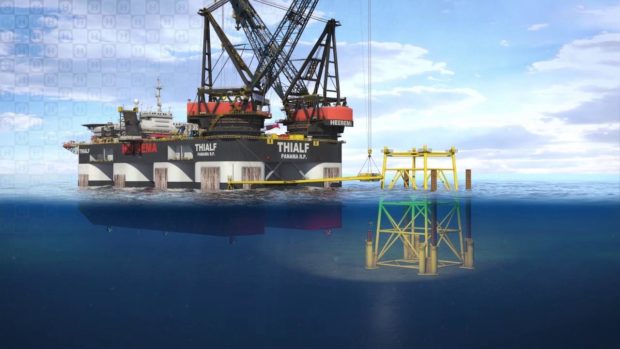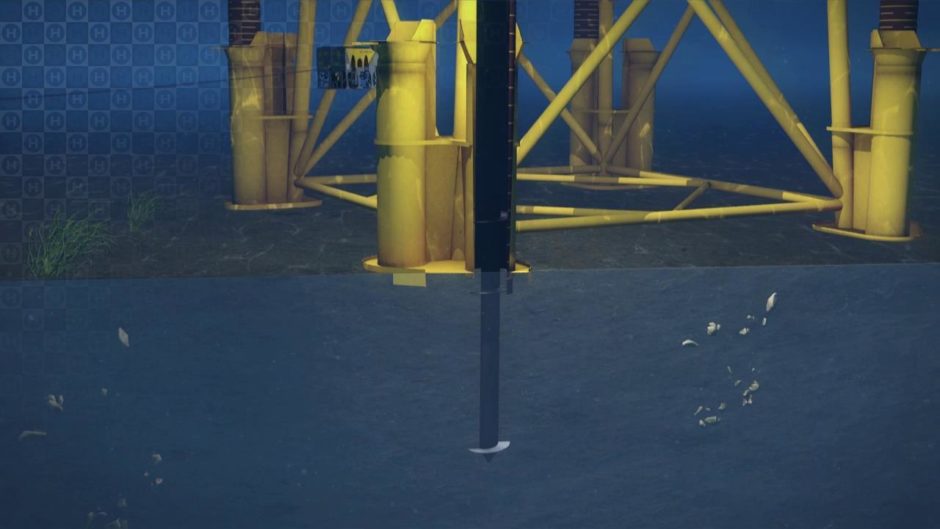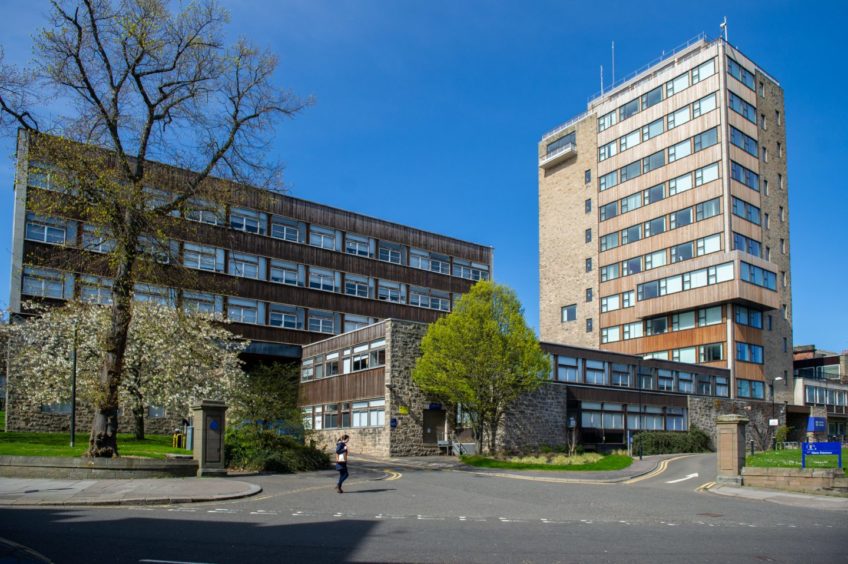Engineering experts at the University of Dundee are helping to silence offshore construction projects and preserve underwater ecosystems.
Members of the Geotechnical Engineering group, have been assisting Heerema Marine Contractors in developing alternative means of installing foundations for offshore wind turbines.
The group has extensively tested and modelled concepts that would remove the need for loud underwater hammering, which can be harmful to marine life and require costly mitigation systems, often with a significant CO2 footprint.
The so-called “silent foundations” concepts have now received Statements of Feasibility from DNV GL, a global quality assurance firm. This is the first formal step to adopting them for offshore structure installations.
Professor Michael Brown, from Dundee’s School of Science and Engineering, said: “Our Geotechnical Engineering group has extensive experience in developing new foundation concepts for offshore renewable energy.
“We were approached by Heerema to further develop its concepts, utilising our world-leading experimental and physical testing facilities, developed as part of the Scottish Marine and Renewable Test Centre (SMART).
“These testing facilities include the large geotechnical centrifuge testing centre, which is the only one of its kind in Scotland. We also used our physical modelling skills to conduct a comprehensive test regime for these designs.
“It is a huge honour to work with Heerema on such important work and is a testament to the expertise and facilities that we have here in Dundee that led to their initial approach.”
Normal offshore piled foundations are driven into the seabed using large hammers.
These create significant levels of underwater noise and vibration, which has raised concerns over its impact on marine mammals and sea life migration routes.
These factors can be mitigated by using bubble curtains to reduce the level of noise passing through the water, though the effect of this is unpredictable and requires a vessel on site to pump compressed air into the area, bringing its own environmental cost.
Heerema has been working with the University of Dundee on two concepts: helical or screw piles, and so-called push-in piles, which can be installed without loud hammering and the subsequent need for mitigation measures.
Professor Brown added: “Developing the concepts in a university research environment means that all of the important influencing factors can be controlled and understood, allowing these concepts to progress at a fraction of the cost of doing this offshore at full-scale.
“These new developments build on previous work here at Dundee funded by the Engineering and Physical Science Research Council (EPSRC) UK, which was the first study of its kind in the world to look at large silent foundation development.
“These research efforts undoubtedly have the potential to revolutionise offshore renewable energy construction.”











